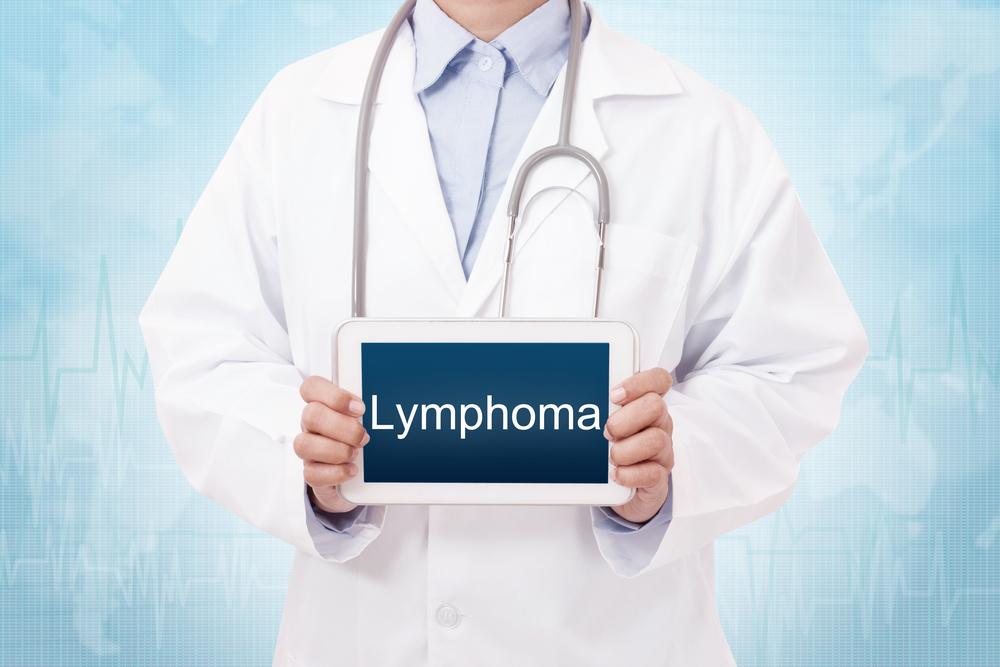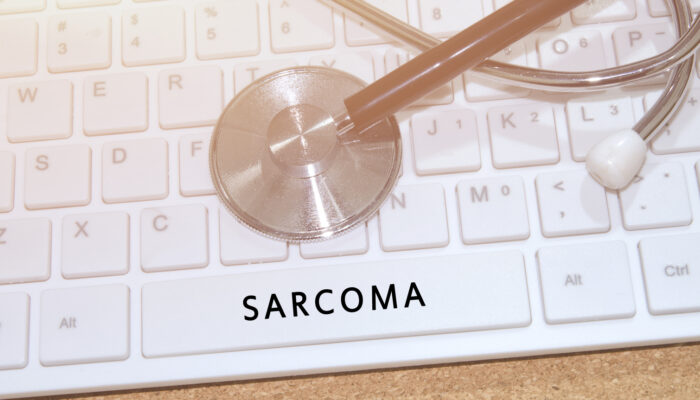
Commonalities between the different types of B-cell lymphoma
The type of cancer which starts in the lymphocytes is known as lymphoma. Lymphocytes are the cells that are present in the immune system. The two major types of lymphomas are Hodgkin’s and non-Hodgkin’s lymphomas. In non-Hodgkin’s lymphomas, the two subtypes are T-cell and B-cell lymphomas. 85% of non-Hodgkin lymphomas are B-cell lymphomas. B-cell lymphomas are further classified as indolent or slow-growing lymphomas and aggressive or fast-growing lymphomas.
All the non-Hodgkin’s lymphomas are classified from stages of 1 to 4 based on how far the cancer has spread from the original site. The fourth stage is considered to be the most advanced stage of cancer.
While the symptoms of the different types of B-cell lymphomas differ from one another in general, based on which subtype of lymphoma is being discussed, some symptoms can be considered to be the main symptoms of B-cell lymphomas. These symptoms are as follows:
- Difficulty in breathing
- Fatigue
- Loss of weight
- Chest pain
- Lymph node swelling that occurs in areas such as armpits, neck, or groin
- Abdominal pain or swelling
- Coughing
- Night sweats and fever
Some different types of B-cell lymphomas that are indolent and asymptomatic do not require particular treatment. However, the doctor may advise thorough and regular checkups to make sure that the cancer is not advancing or growing from the original site. This process can also continue for several years.
For other types of B-cell lymphomas, treatment usually begins when the symptoms appear. Some of the treatment options which are used by most of the types of B-cell lymphomas are as follows:
Radiation
In this type of treatment option, the cancer cells are targeted with the help of high-powered energy beams and destroyed. The procedure would require the individual to stay very still on a table so that the beams can be focused on a precise point on the body. Side effects of this treatment option can include skin irritation and fatigue.
Chemotherapy
Medicines in this type of treatment can either be administered orally or intravenously. If diagnosed in the early stages, certain aggressive forms of B-cell lymphomas can be treated with the help of chemotherapy.
Immunotherapy
This treatment option involves biologic medicines that help the immune system fight cancer. The medicine used here is rituximab which is known to target specific proteins that are present on the surface of B-cells. By doing so, it increases the ease of identification of B-cells by the immune system and thereby helps the immune system fight the cancer cells more efficiently.
Stem cell transplant
In this treatment procedure, the bone marrow of the cancer patient would be replaced with the morrow from a healthy donor. To get this treatment, the precursor would be to receive high-dose chemotherapy or radiation. This is done to suppress the immune system, kill the cancer cells and create some space for the new marrow. Individuals should be healthy enough to be able to withstand this whole procedure to be eligible for receiving it.
Even after the treatment, it is important to be on a lookout for any chances of recurrence. In all of them, early detection could lead to the best possible outcome.



